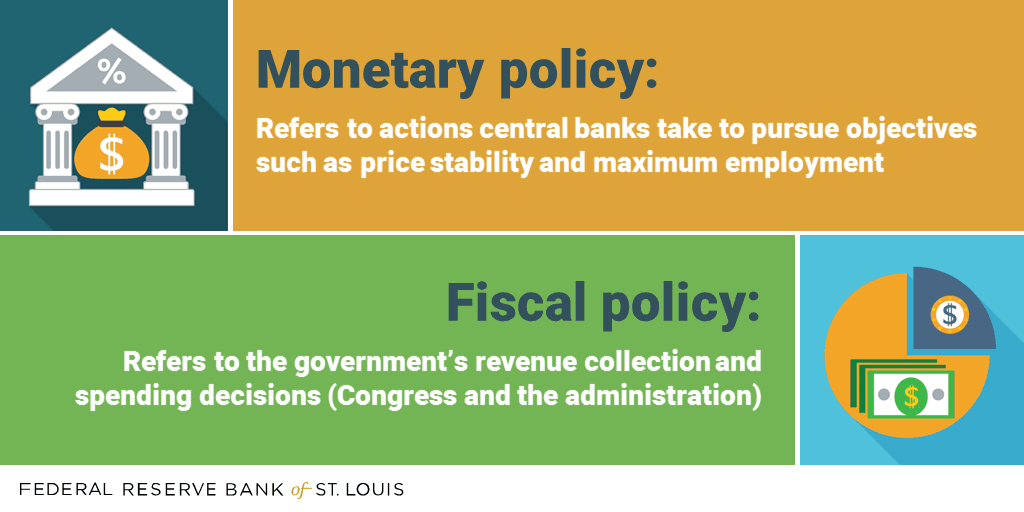Balance of Payments: measure of money inflows and outflows between the U.S and the rest of the world. (ROW)
- Inflows are referred to as credits
-outflows are referred to as debits
/what-is-balance-of-payments-components-and-deficit-3306278-Final1-c67946023d0f4cdcb7e7794de02947bc.png)
/what-is-balance-of-payments-components-and-deficit-3306278-Final1-c67946023d0f4cdcb7e7794de02947bc.png)
The Balance of Payments is divided into 3 accounts:
- Current Account
-Capital/Financial Account
-Official reserves Account
Current Account:
Balance of Trade or Net Exports
-Exports of goods/services - imports of goods/services
-Exports create a credit to the balance of payment
Imports create a debit to the balance of payment
Balance of Trade or Net Exports
-Exports of goods/services - imports of goods/services
-Exports create a credit to the balance of payment
Imports create a debit to the balance of payment
Net Foreign Income
(Income earned by U.S. owned foreign assets) - (Income paid to foreign U.S. assets)
(Income earned by U.S. owned foreign assets) - (Income paid to foreign U.S. assets)
Ex: Interest payments on U.S. owned Brazillian bonds - Interest payment on German-owned U.S. treasury bonds
Net Transfers (tend to be unilateral)
Relationship between Current and Capital Account
cancel each other out
if current account has a negative balance (deficit) then capital account has a positive balance (surplus)
Official Reserves
- Foreign currency holdings of the US Federal Reserve System
- When there is a balance of payments surplus the Fed accumulates foreign currency and debits the balance of payments
- When there is a balance of payments deficit, the Fed depletes its reserve of foreign currency and credits the balance of payments
- The Official Reserves cancel out the balance of payment Balance of Trade=Goods exports + Good imports
- Foreign currency holdings of the US Federal Reserve System
- When there is a balance of payments surplus the Fed accumulates foreign currency and debits the balance of payments
- When there is a balance of payments deficit, the Fed depletes its reserve of foreign currency and credits the balance of payments
- The Official Reserves cancel out the balance of payment Balance of Trade=Goods exports + Good imports
Formulas:
Balance of Goods and Services=(Goods exports + Service exports) + (Goods imports + Service imports)
Current Account=(Balance of Goods and Services) + (Net Investment Income) + (Net Transfer)
Capital Account=(Foreign purchases) + (US (or another country) purchases)
Official Reserves=Current Account + Capital Account
Current Account=(Balance of Goods and Services) + (Net Investment Income) + (Net Transfer)
Capital Account=(Foreign purchases) + (US (or another country) purchases)
Official Reserves=Current Account + Capital Account



